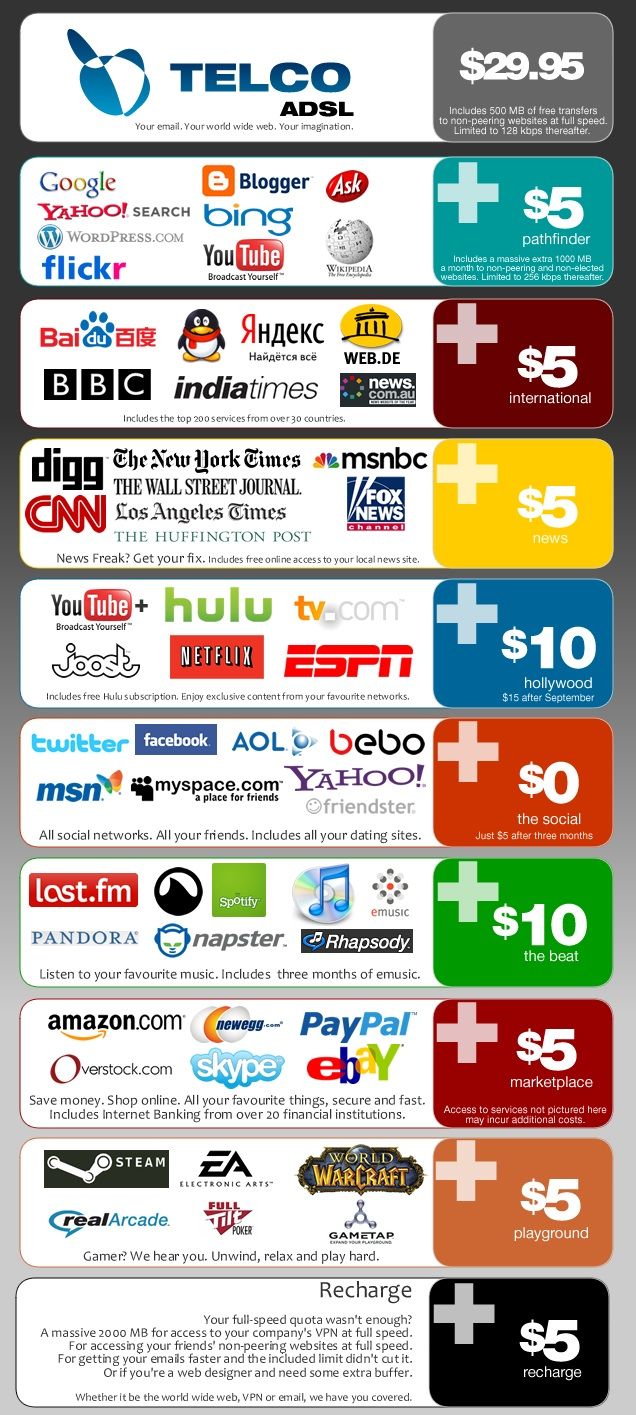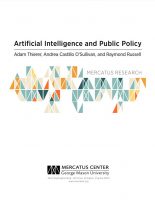It’s becoming clearer why, for six years out of eight, Obama’s appointed FCC chairmen resisted regulating the Internet with Title II of the 1934 Communications Act. Chairman Wheeler famously did not want to go that legal route. It was only after President Obama and the White House called on the FCC in late 2014 to use Title II that Chairman Wheeler relented. If anything, the hastily-drafted 2015 Open Internet rules provide a new incentive to ISPs to curate the Internet in ways they didn’t want to before.

The 2016 court decision upholding the rules was a Pyrrhic victory for the net neutrality movement. In short, the decision revealed that the 2015 Open Internet Order provides no meaningful net neutrality protections–it allows ISPs to block and throttle content. As the judges who upheld the Order said, “The Order…specifies that an ISP remains ‘free to offer ‘edited’ services’ without becoming subject to the rule’s requirements.”
The 2014 White House pressure didn’t occur in a vacuum. It occurred immediately after Democratic losses in the November 2014 midterms. As Public Knowledge president Gene Kimmelman tells it, President Obama needed to give progressives “a clean victory for us to show that we are standing up for our principles.” The slapdash legal finessing that followed was presaged by President Obama’s November 2014 national address urging Title II classification of the Internet, which cites the wrong communications law on the Obama White House website to this day.
The FCC staff did their best with what they were given but the resulting Order was aimed at political symbolism and acquiring jurisdiction to regulate the Internet, not meaningful “net neutrality” protections. As internal FCC emails produced in a Senate majority report show, Wheeler’s reversal that week caught the non-partisan career FCC staff off guard. Literally overnight FCC staff had to scrap the “hybrid” (non-Title II) order they’d been carefully drafting for weeks and scrape together a legal justification for using Title II. This meant calling in advocates to enhance the record and dubious citations to the economics literature. Former FCC chief economist, Prof. Michael Katz, whose work was cited in the Order, later stated to Forbes that he suspected the “FCC cited my papers as an inside joke, because they know how much I think net neutrality is a bad idea.”
Applying 1934 telegraph and telephone laws to the Internet was always going to have unintended consequences, but the politically-driven Order increasingly looks like an own-goal, even to supporters. Former FCC chief technologist, Jon Peha, who supports Title II classification of ISPs almost immediately raised the alarm that the Order offered “massive loopholes” to ISPs that could make the rules irrelevant. This was made clear when the FCC attorney defending the Order in court acknowledged that ISPs are free to block and filter content and escape the Open Internet regulations and Title II. These concessions from the FCC surprised even AT&T VP Hank Hultquist:
Wow. ISPs are not only free to engage in content-based blocking, they can even create the long-dreaded fast and slow lanes so long as they make their intentions sufficiently clear to customers.
So the Open Internet Order not only permits the net neutrality “nightmare scenario,” it provides an incentive to ISPs to curate the Internet. Despite the activist PR surrounding the Order, so-called “fast lanes”–like carrier-provided VoIP, VoLTE, and IPTV–have existed for years and the FCC rules allow them. The Order permits ISP blocking, throttling, and “fast lanes”–what remains of “net neutrality”?
Prof. Susan Crawford presciently warned in 2005:
I have lost faith in our ability to write about code in words, and I’m confident that any attempt at writing down network neutrality will be so qualified, gutted, eviscerated, and emptied that it will end up being worse than useless.
Aside from some religious ISPs, ISPs don’t want to filter Internet content. But the Obama FCC, via the “net neutrality” rules, gives them a new incentive: the Order deregulates ISPs that filter. ISPs will fight the rules because they want to continue to offer their conventional Internet service without submitting to the Title II baggage. This is why ISPs favor scrapping the Order–not only is it the FCC’s first claim to regulate Internet access, if the rules are not repealed, ISPs will be compelled to make difficult decisions about their business models and technologies in the future.





 The Technology Liberation Front is the tech policy blog dedicated to keeping politicians' hands off the 'net and everything else related to technology.
The Technology Liberation Front is the tech policy blog dedicated to keeping politicians' hands off the 'net and everything else related to technology.